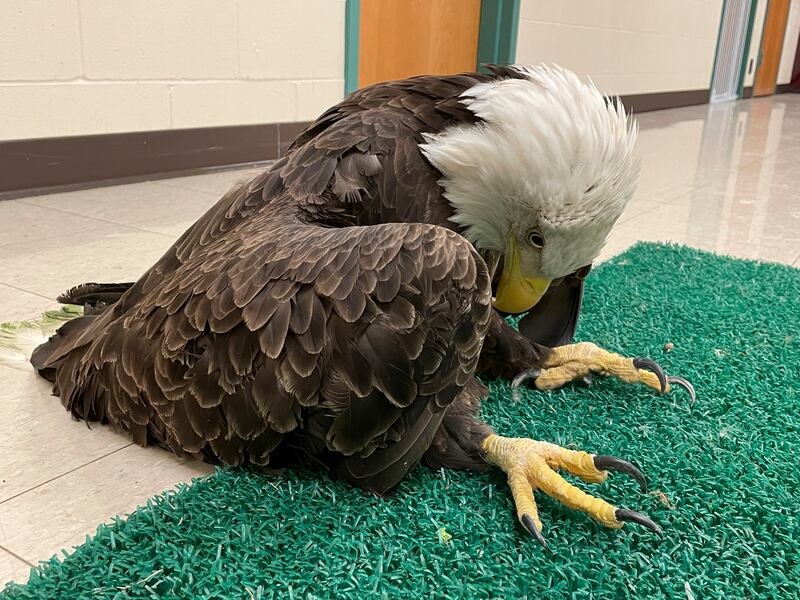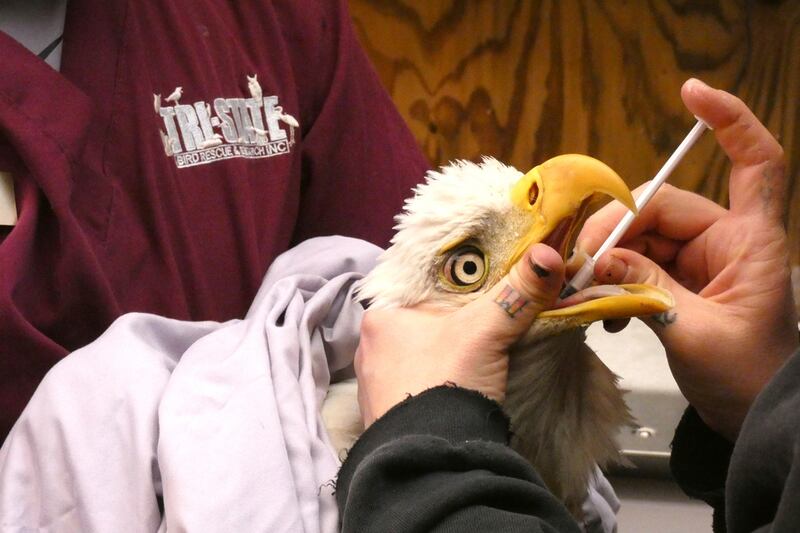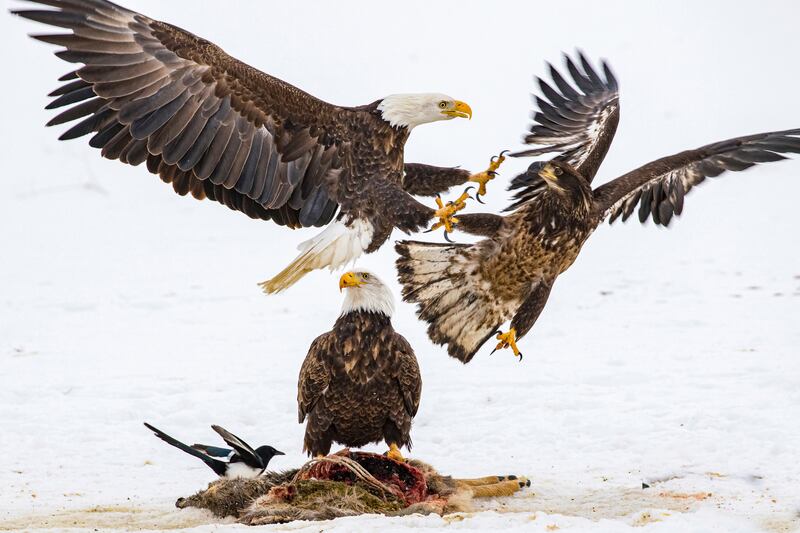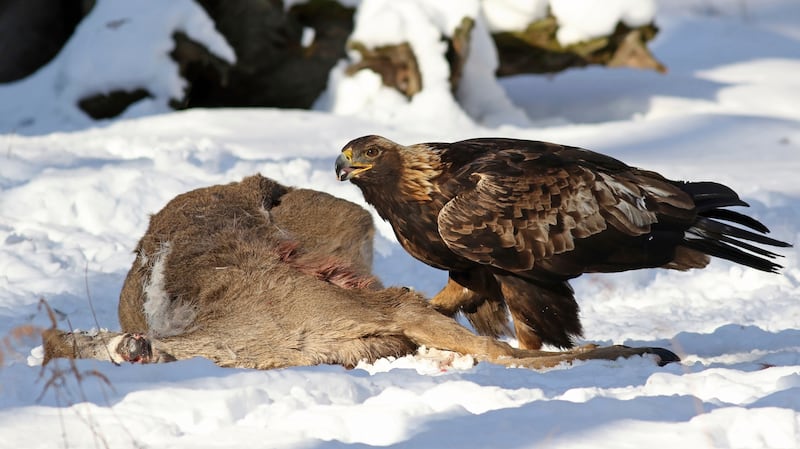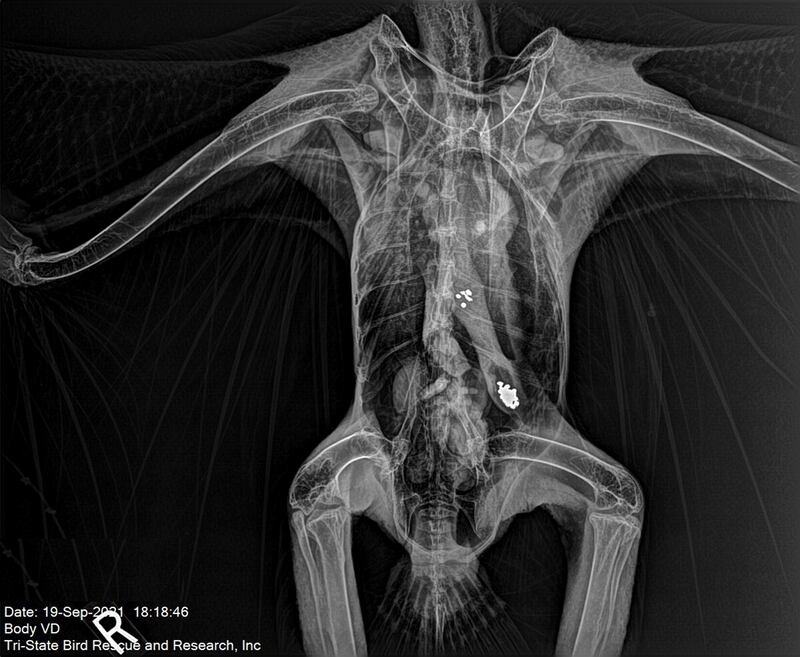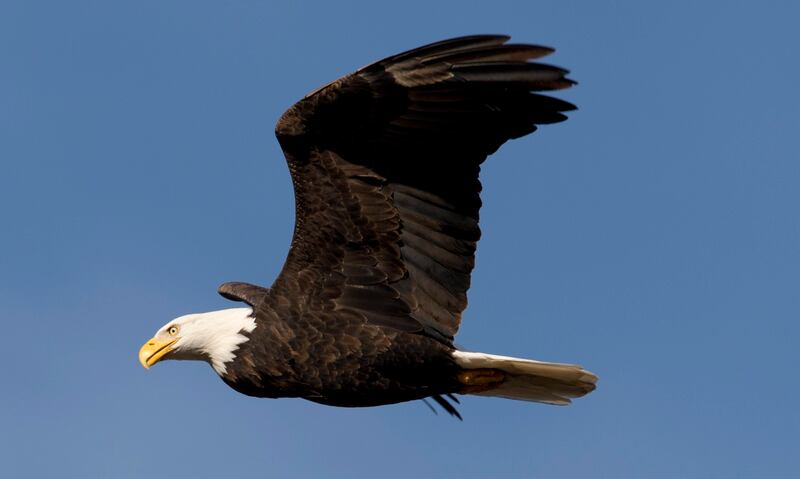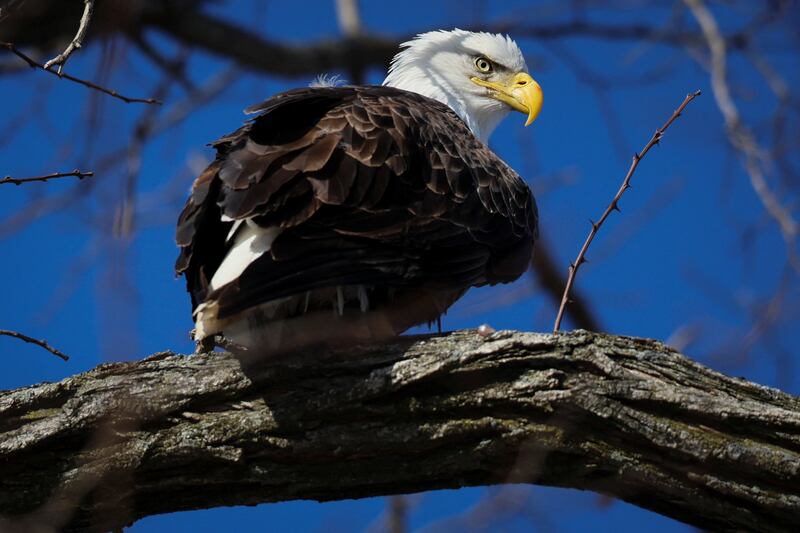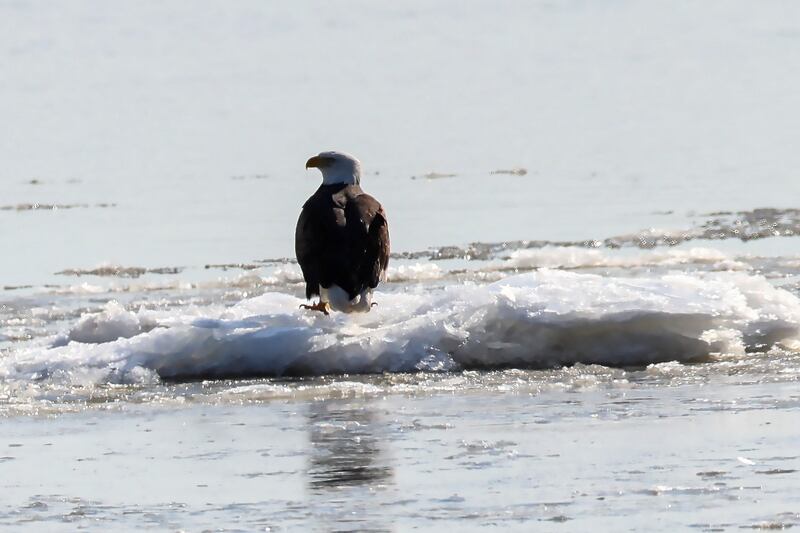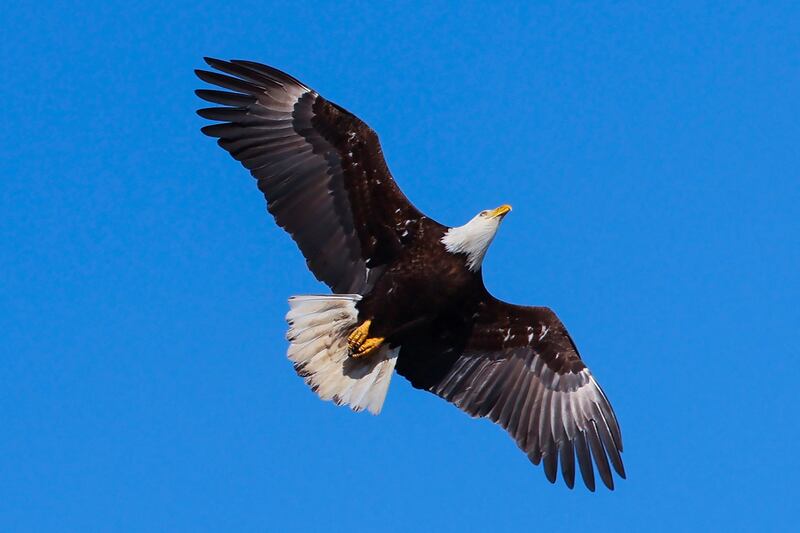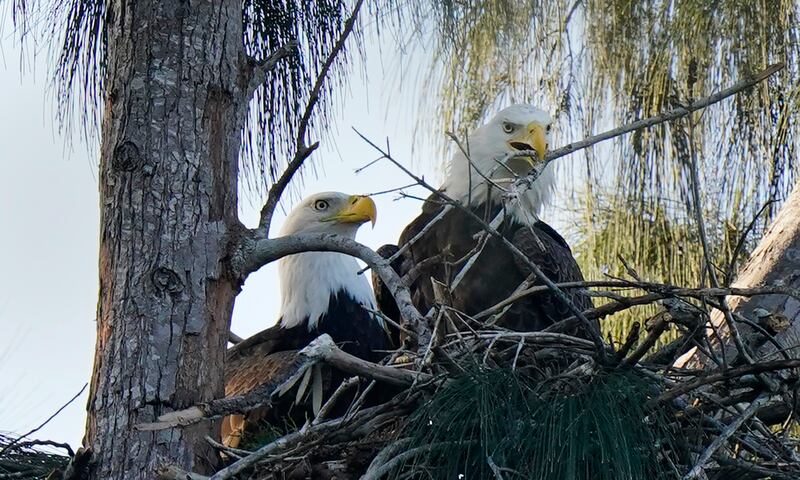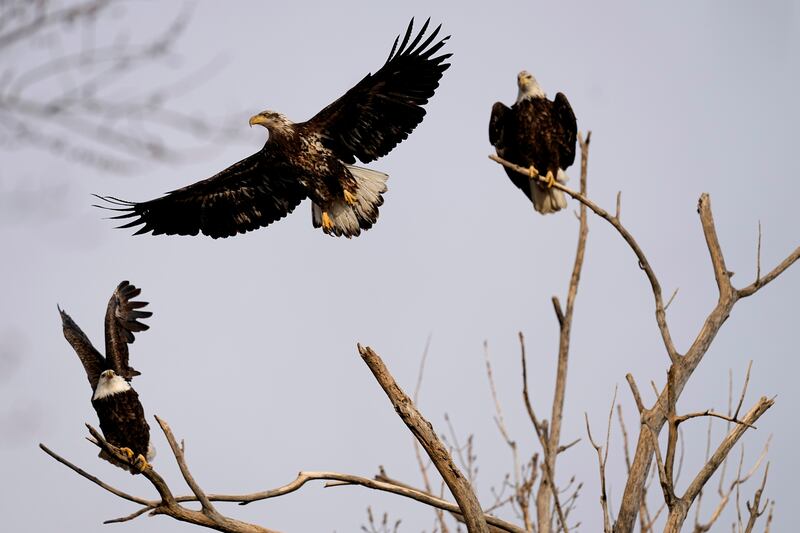America’s national bird is more beleaguered than previously believed, with nearly half of bald eagles tested across the US showing signs of chronic lead exposure, a study published on Thursday showed.
While the bald eagle population has rebounded from the brink of extinction since the US banned the pesticide DDT in 1972, harmful levels of toxic lead were found in the bones of 46 per cent of bald eagles sampled in 38 states from California to Florida, researchers reported in the journal Science.
Similar rates of lead exposure were found in golden eagles, which scientists say means the raptors likely consumed carrion or prey contaminated by lead from ammunition or fishing tackle.
The blood, bones, feathers and liver tissue of 1,210 eagles sampled from 2010 to 2018 were examined to assess chronic and acute lead exposure.
“This is the first time for any wildlife species that we’ve been able to evaluate lead exposure and population level consequences at a continental scale,” said study co-author Todd Katzner, a wildlife biologist at US Geological Survey in Boise, Idaho.
“It’s sort of stunning that nearly 50 per cent of them are getting repeatedly exposed to lead.”
Lead is a neurotoxin that even in low doses impairs an eagle’s balance and stamina, reducing its ability to fly, hunt and reproduce. In high doses, lead causes seizures, breathing difficulty and death.
The study estimated that lead exposure reduced the annual population growth of bald eagles by 4 per cent and golden eagles by 1 per cent.
Bald eagles are one of America’s most celebrated conservation success stories and the birds were removed from the US Endangered Species List in 2007.
Besides suppressing eagle population growth, lead exposure reduces their resilience in facing future challenges, such as climate change or infectious diseases.
“Lead is present on the landscape and available to these birds more than we previously thought,” said co-author Vince Slabe, a research wildlife biologist at the non-profit Conservation Science Global.
Laura Hale, board president at non-profit Badger Run Wildlife Rehab in Klamath County, Oregon, said she’ll never forget the first eagle she encountered with acute lead poisoning, in 2018.
The young bald eagle was wrapped in a blanket, unable to breathe properly, let alone stand or fly.
“There is something hideous when you watch an eagle struggling to breathe because of lead poisoning — it’s really, really harsh,” she said, her voice shaking. That eagle died within 48 hours.
Lead on the landscape affects not only eagles, but also many other birds — including hawks, vultures, ravens, swans and geese, said Jennifer Cedarleaf, avian director at Alaska Raptor Center, a non-profit wildlife rescue in Sitka, Alaska.
Because eagles are very sensitive to lead, are so well-studied and attract so much public interest, “bald eagles are like the canary in the coal mine”, she said.
“They are the species that tells us: We have a bit of problem.”
